
(Smith Cameron Photography)
The NCAA might be smartening up with some rule changes.
Two rule amendments in college football could benefit Carolina and other college programs this season and they both make a lot of sense – for the good of the student-athlete.
The Tar Heels will have Ohio State transfer running back Antonio Williams eligible this season, after UNC applied for a waiver to the one-year red-shirt rule for transfers. Athletes who are unhappy at one school should be allowed to transfer without being penalized by having to sit out a season.
The rule was originally implemented, I guess, to keep schools from raiding other schools for players who either are sitting on the bench or homesick or whatever.
The NCAA might be worried that schools are paying players to transfer, and if that’s the case it should investigate it like recruiting and slap that school with a violation. If the transferring player is unhappy, he can go somewhere else.
The other rule I like is extending the number of games to four and still allow a player who has seen action to red-shirt. That is great for medical reasons, if a player gets hurt in his fourth game. But it also gives coaches a chance to see a player under fire before deciding whether he is ready or needs to be red-shirted.
That may come into play this season for Larry Fedora, who frankly doesn’t know who is quarterback will be for various reasons from inexperience to lack of enough ability to possible NCAA suspensions for shoe-gate.
Fedora can test out a couple of freshmen, and if they need to go back to practice they can do so without losing a year. If Nathan Elliott gets hurt in the fourth game, he won’t lose the whole season. Who knows, someone might be serving a suspension and be reinstated just in time to take the place of an injured player who will now be red-shirted.
These are rules that make sense for the athletes, giving them the best chance to have a full experience in college if coaches pull off their red-shirts and they are still not ready. Who gets hurt in a situation like that? No one, and that’s what the NCAA should be aiming for – what’s best for the athlete.
Related Stories
‹
![]()
Dakota's Notebook: Are ACC Defenses the Best in the Nation?Is the ACC turning into the country’s premier conference for defense? For the longest time, the SEC has dominated the defensive side of the ball, but ACC teams might be giving them a run for their money.
![]()
What Was Your Favorite Memory of Woody Durham?It was announced today that longtime UNC announcer Woody Durham passed away at the age of 76. Durham retired from the Tar Heel Sports Network in 2011 after four decades behind the microphone calling UNC games on WCHL and other affiliates across the state. Durham graduated from UNC in 1963 and went on to call more […]
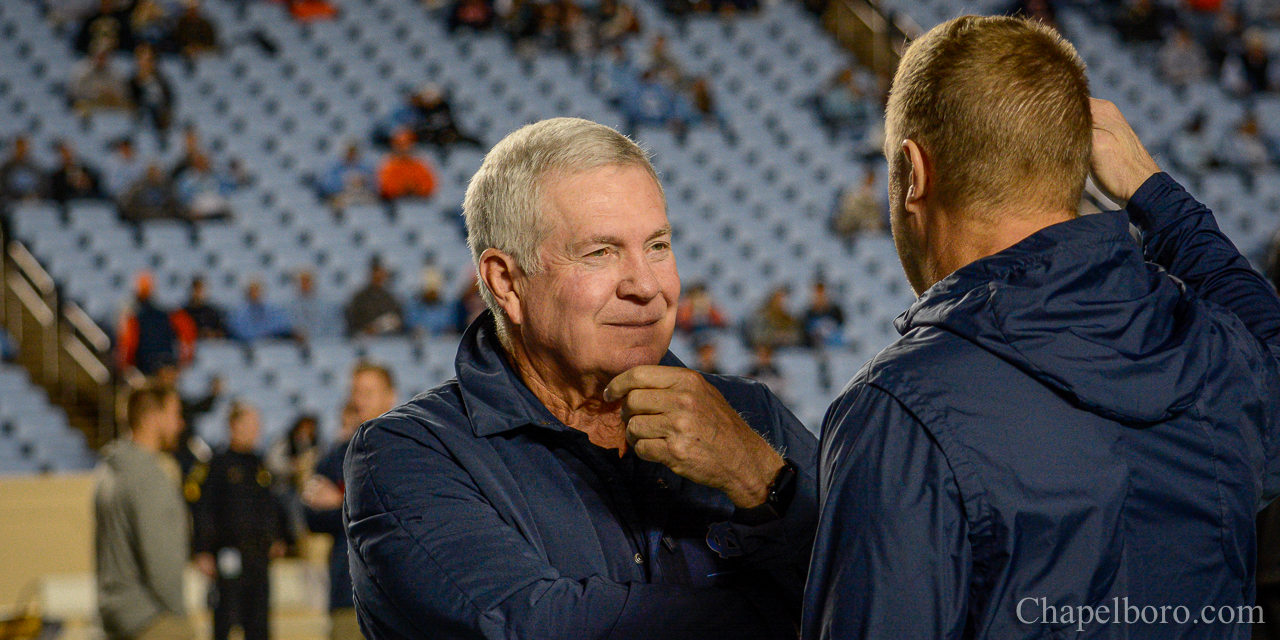
Chansky's Notebook: Coach SpeakHere is some of what Mack Brown said on Tuesday. The Tar Heels have not had a positive test in a month after 37 players, coaches and/or staff members proved positive in early July. To keep his players safe during practice, they are either wearing plastic double shields on their helmets or putting on masks […]
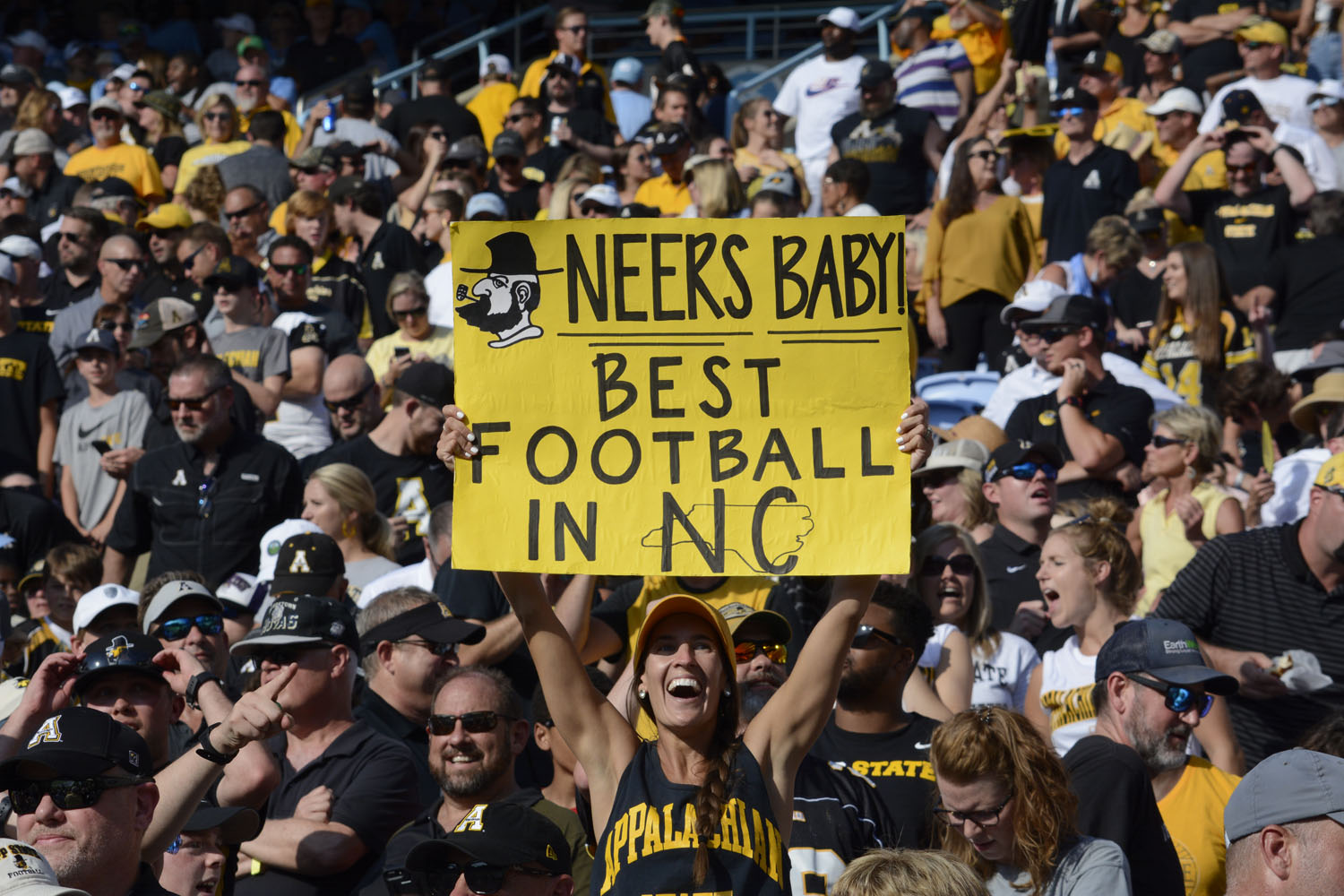
Art’s Angle: Gloating RightsCarolina was on the wrong side of history Saturday in its own house. The Tar Heels’ 34-31 loss to opportunistic Appalachian State gave the Mountaineers from Boone their first major college win since the famous upset of Michigan in 2007. And their first win over an ACC school since beating Wake Forest in 2000 will […]
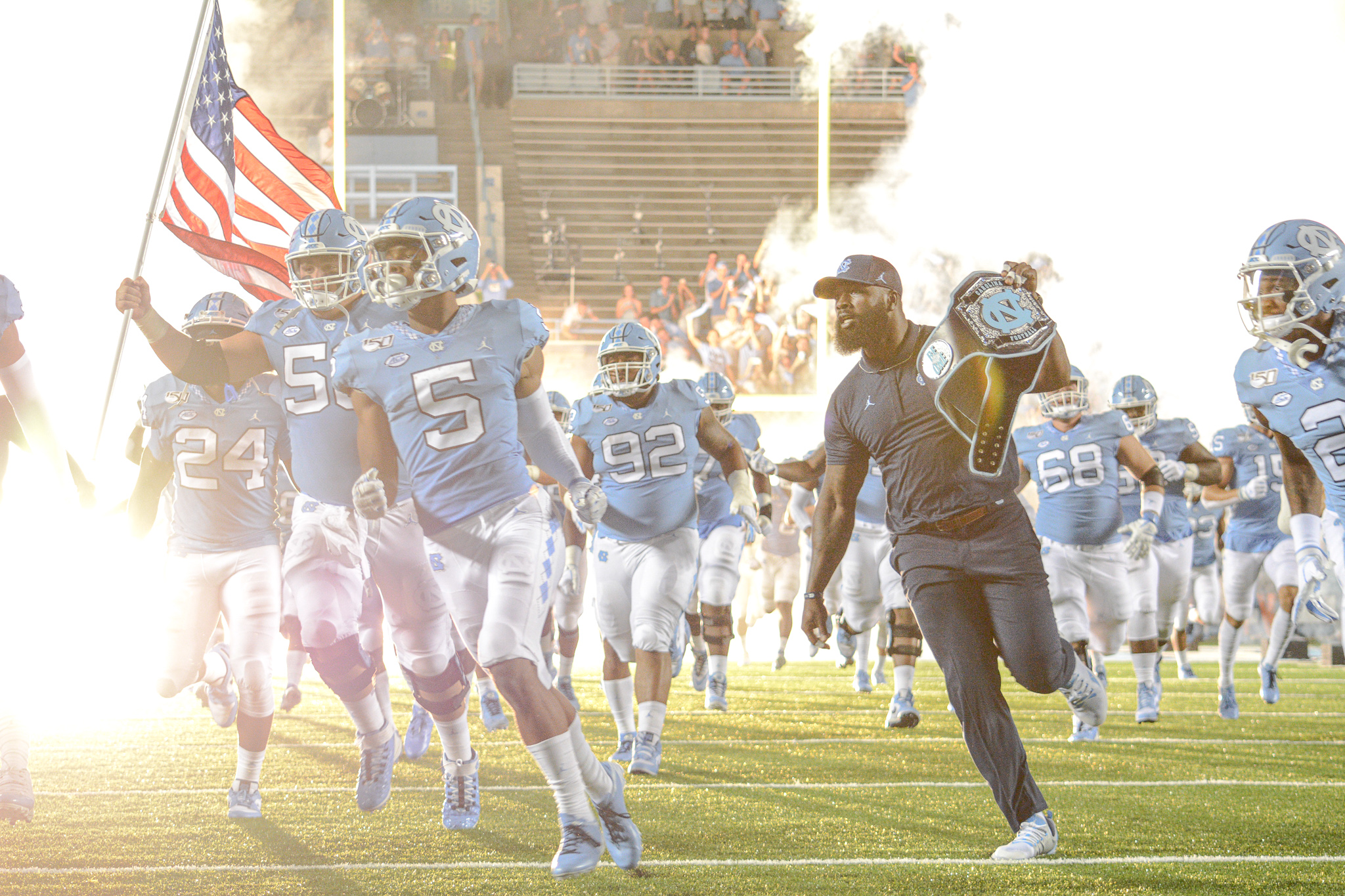
Chansky's Notebook: DEE-Fense (Clap, Clap)!It’s the D, not the O, most responsible for Carolina’s fast start. Before the season I asked Lee Pace, who is the best writer of Tar Heel sports around, how he thought Mack Brown’s first team of his second tenure would do. Pace predicted Carolina would be 4-0 going into the Clemson game because a […]
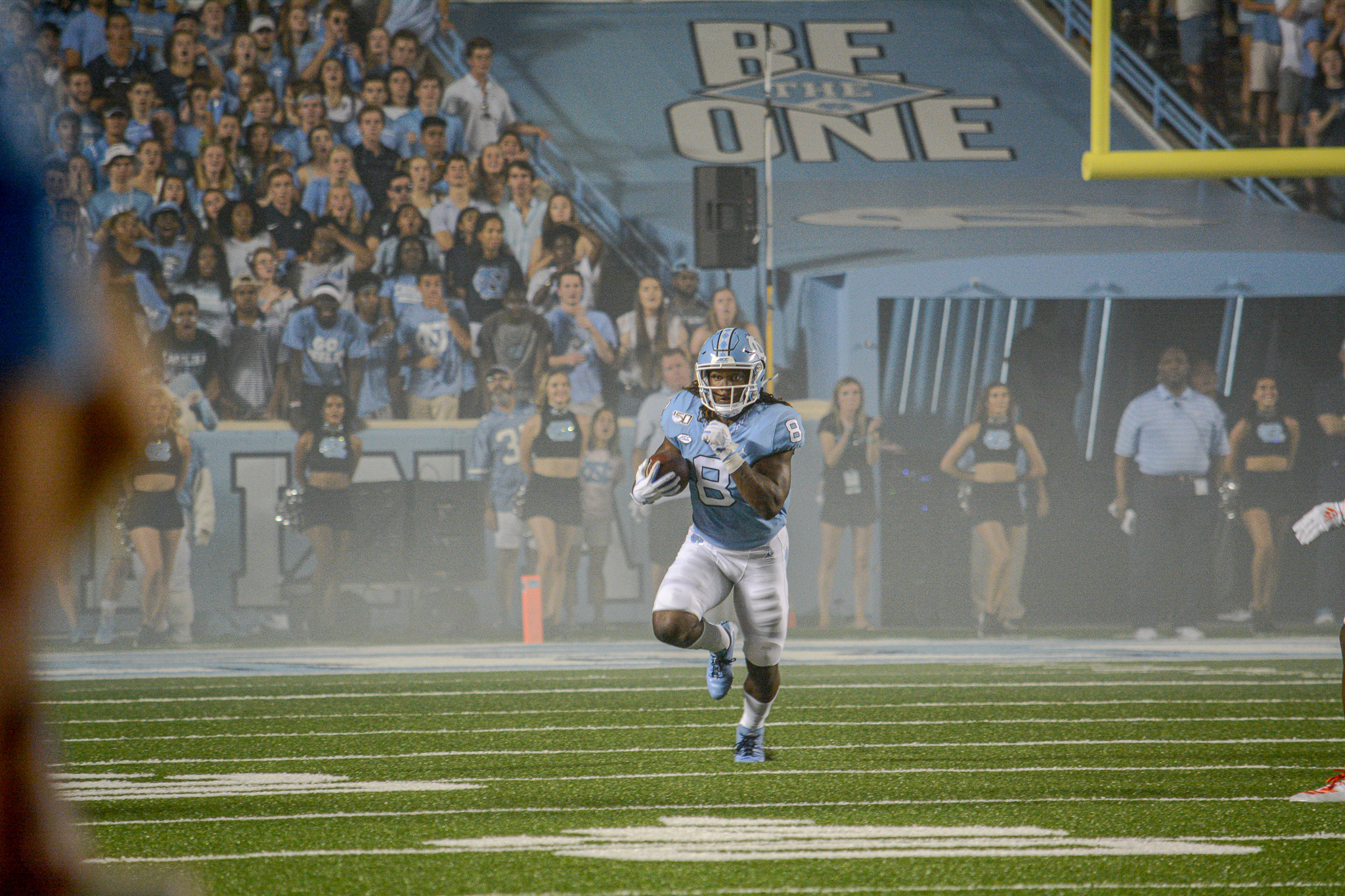
Chansky's Notebook: 'Be The One'Is that Miami game still ringing in your eyes or ears? Due to the ACC Network still being a work in progress, we had several ways to follow Carolina’s classic win over the Hurricanes in Kenan Stadium Saturday night. Best bet, of course, was to be there. The game sold out after the Tar Heels stunned South Carolina […]
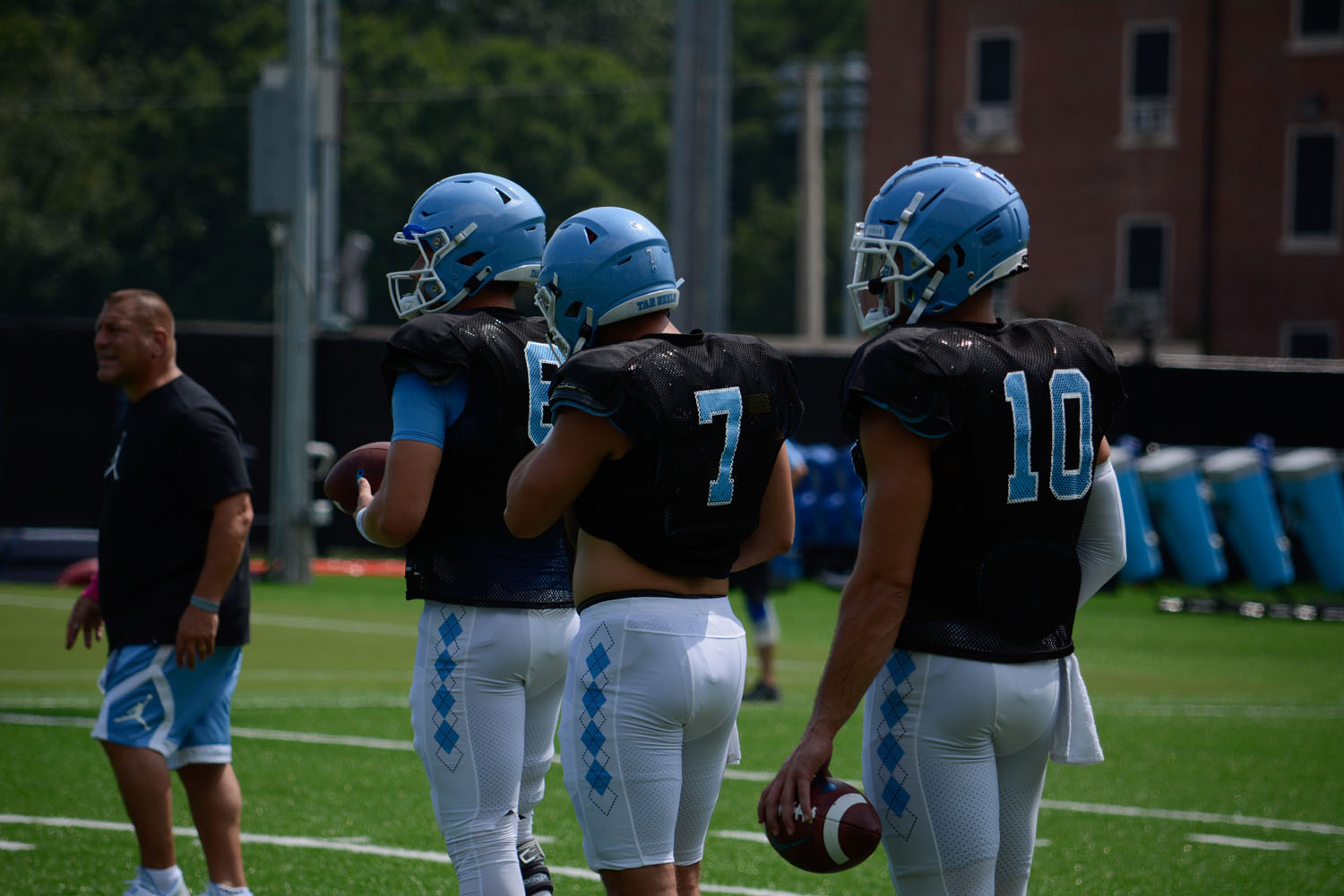
Chansky's Notebook: Start With SwaggerStarting a freshman quarterback doesn’t matter for UNC now, does it? When Mack Brown announced freshman Sam Howell would be running the first team offense as the time clock to the opener against South Carolina begins to tick, what does he have to lose? Howell is a true freshman who was playing high school football when redshirt […]
![]()
Inside Carolina: Looking AheadToday’s edition of “Inside Carolina” continues the conversation about the Tar Heels’ outlook after their spring game, and talks over some of the names that made an impression in UNC’s first field outing of the season.
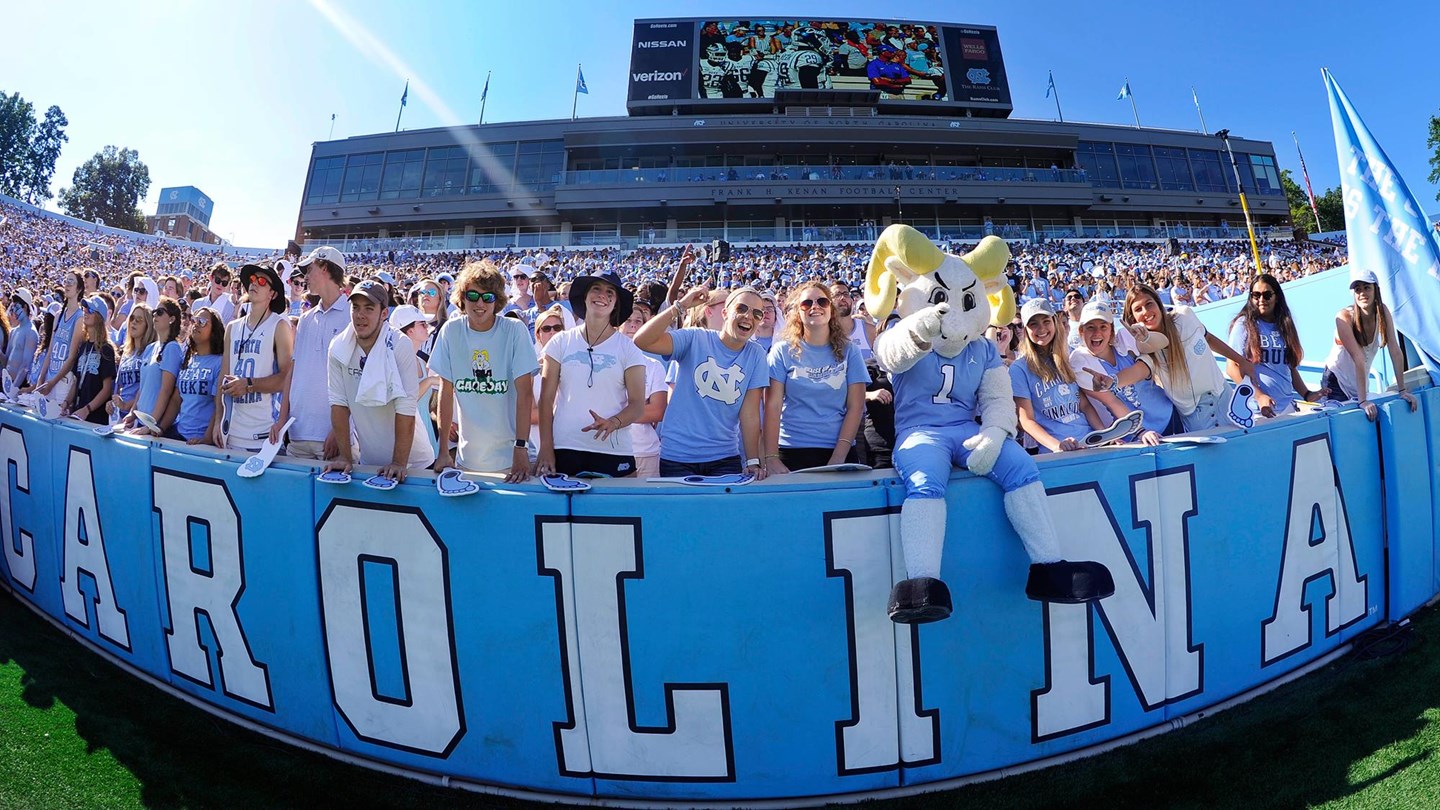
Inside Carolina: Spring Game SchemesThe Tar Heels have hosted their first spring game, and today’s edition of “Inside Carolina” takes a look at what we’ve learned from the first outing of UNC football under Mack Brown’s leadership — especially in terms of how some of Carolina’s latest offensive strategies are playing on the field.
![]()
Chansky's Notebook: Something to ShowSaturday is the first big test of the Mack Brown magic. No other coach could have shaken Carolina football out of the apathy that had finally overcome the program in Larry Fedora’s last two losing seasons. The alumni and fan base had moved on from anger to the annual excitement of another basketball season. Kenan had […]
›









Comments on Chapelboro are moderated according to our Community Guidelines